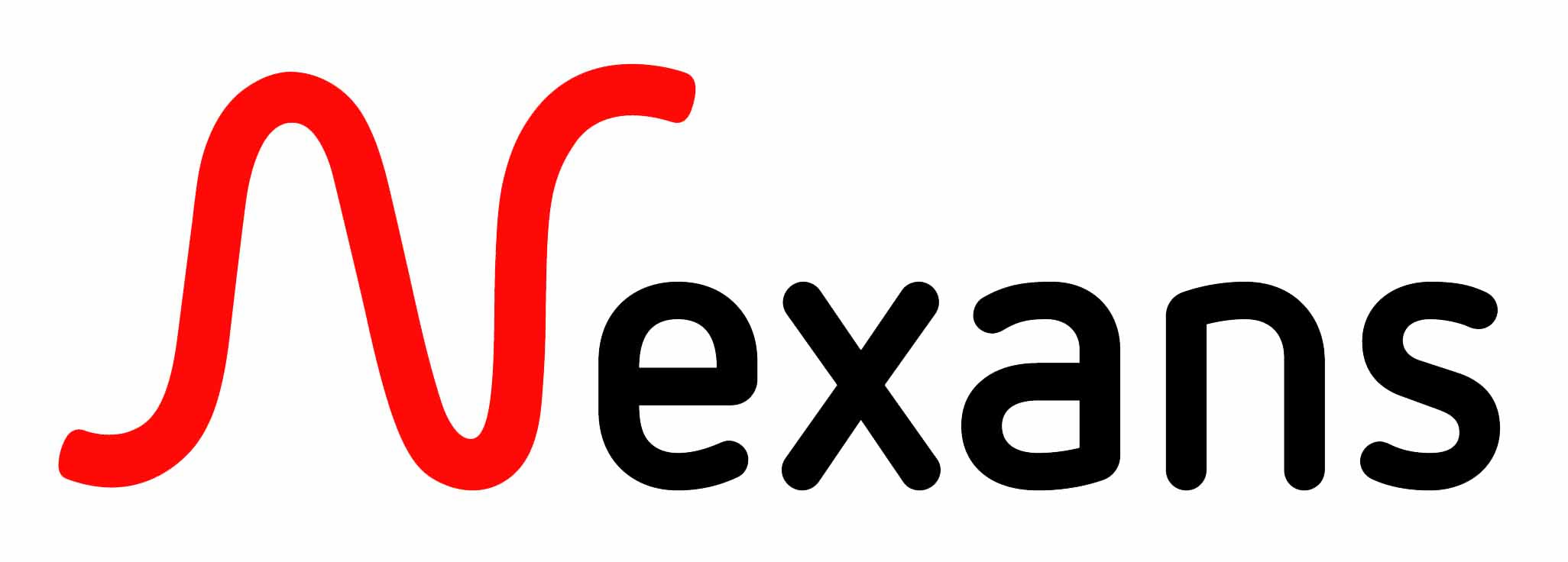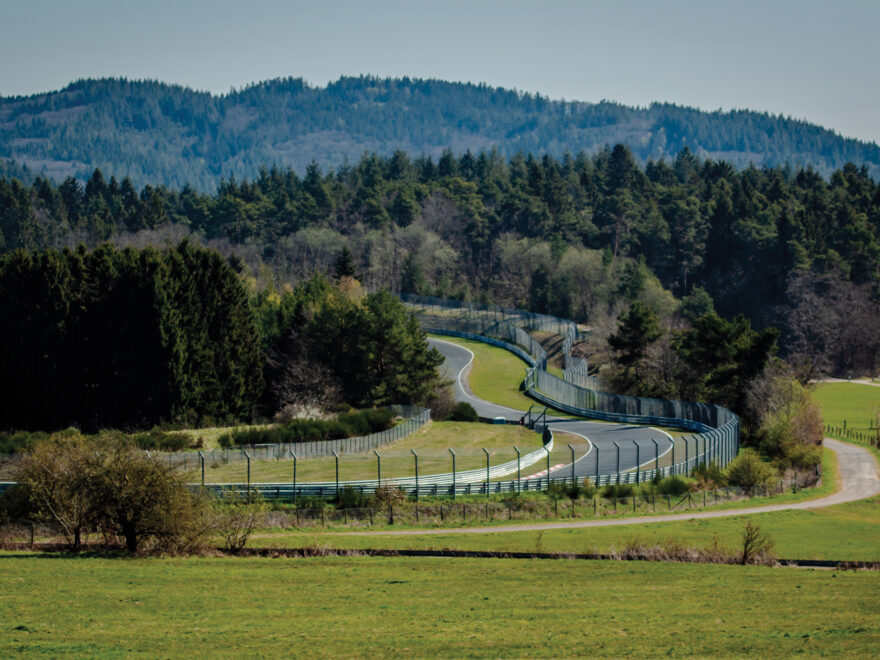The Nürburgring is a legendary motorsport complex located in Nürburg, Germany.
The Nürburgring is a legendary motorsport complex located in Nürburg, Germany. It is known for its challenging and ultra-complex layout, which includes the 20.8 km long Nordschleife (North Loop) track, nicknamed ‘The Green Hell’. It has a rich history in motorsports, having hosted numerous prestigious races (including the German Grand Prix and F1), and yet is also open to the public for tourist drives and track days. The track’s unique design, combined with its onerous reputation has made it a favourite among enthusiasts and professional drivers alike.
The Nürburgring’s history dates back to the 1920s when the German government commissioned the construction of a new racetrack in the Eifel Mountains. It’s believed that the track was essentially constructed to alleviate unemployment and with that in mind, around 25,000 people were used to build it. Overall, the project cost around 14 million Reichsmarks, (or the equivalent of a cool $50 million to you and me).
Designed by German architect Hermann Tilke, construction of the Nürburgring began in 1925 and was completed in 1927. The layout itself consisted of two separate tracks, the Nordschleife (North Loop) which was originally 22.9km and featured over 170 corners and ‘significant’ elevation changes; and the Südschleife (South Loop), a shorter 7.7 km track that was used for smaller races.
With the racetrack’s complicated configuration, it quickly gained a reputation as one of the most challenging and dangerous circuits in the world, a statement backed up by the fact that it claimed many lives during its early years. It is estimated that around 70 drivers, both professional and amateur, have died on the Nürburgring Nordschleife track alone, however, the exact number is difficult to determine as there are thought to be many unrecorded accidents and fatalities.
The extremely high fatality rate and ‘other’ safety concerns eventually led to the closure of the Südschleife in 1971, but in the 1980s, a new modern Grand Prix circuit was built at the Nürburgring, which then went on to host its first Formula One race in 1984. Not only did the Grand Prix circuit replace the old Südschleife but was much safer than the Nordschleife, although the Nordschleife is still used today for various racing events and continues to be a popular destination for automotive enthusiasts.
Despite the obvious potential to be broken at any moment, the 5 minutes and 19.546 seconds lap record for the Nürburgring Nordschleife track has held firm for the past 5 years. It was set on June 29, 2018, by the Porsche 919 Hybrid Evo race car driven by Timo Bernhard, a German racing driver. This lap time shattered the previous record of 6 minutes and 11.13 seconds, which was set by Stefan Bellof in a Porsche 956 race car in 1983. However, it’s probably worth noting that the lap record can only be set during specific timed events or manufacturer test sessions.
Being one of the most iconic racetracks in the world, means that many notable racing drivers have competed there over the years. Jim Clark (considered one of the greatest drivers of his era) won the German Grand Prix at the Nürburgring in 1963 and 1965 and fellow Scotsman Jackie Stewart won the German Grand Prix three times there during the 1960s and 1970s.
Niki Lauda infamously suffered a horrific crash at the Nürburgring during the 1976 German Grand Prix, but he went on to win the championship that year and would later win at the Nürburgring in 1984. Brazilian racing legend Ayrton Senna won the 1984 European Grand Prix at the Nürburgring. Seven-time Formula One World Champion Michael Schumacher won five German Grands Prix at the track and who can forget ‘’Queen of the Nurburgring’ Sabine Schmitz’s 10-minute race around the circuit on BBC’s Top Gear in a Transit van!
With almost a century of history under its belt, and bearing witness to some of the most memorable race meets ever (the fierce battle between James Hunt and Niki Lauda, Alain Prost winning the ‘84 Euro Grand Prix, the last F1 there in ‘95 and Kimi Räikkönen winning the ‘07 Grand Prix), the Nürburgring has undoubtedly played an essential role in the development of motorsport, but adding to its popularity, it’s also accessible to the pubic too.
But if you are planning on heading there, we suggest you be careful, with its 170+ corners and dubious safety record the Nürburgring is quite literally the definition of a ‘bucket-list’ racetrack.
Dave McLeod – Motoring Writer


